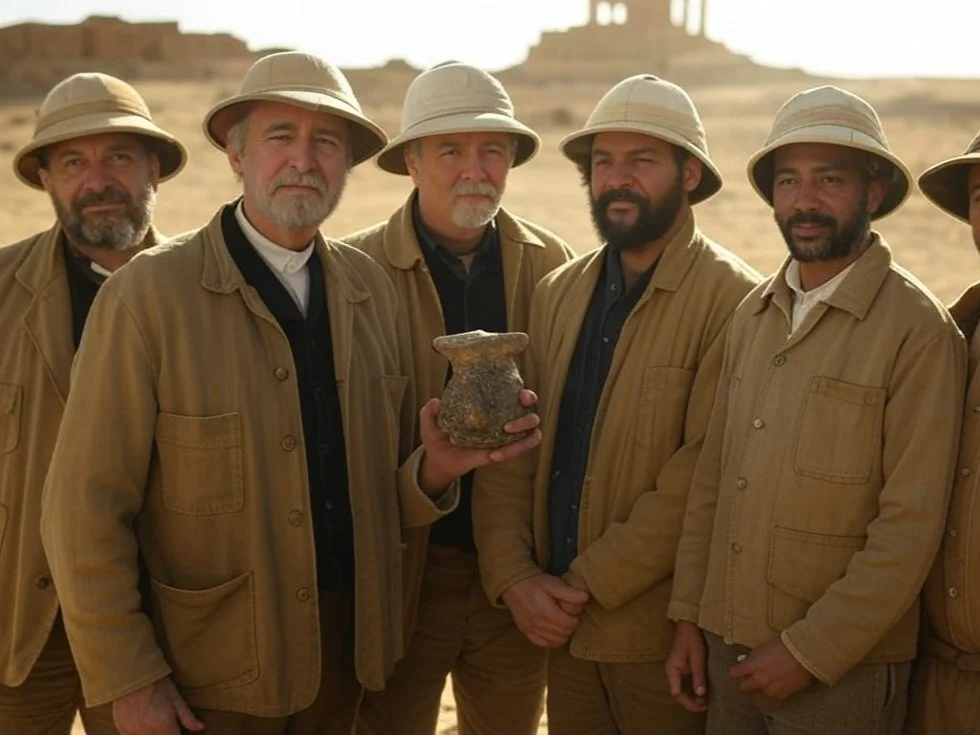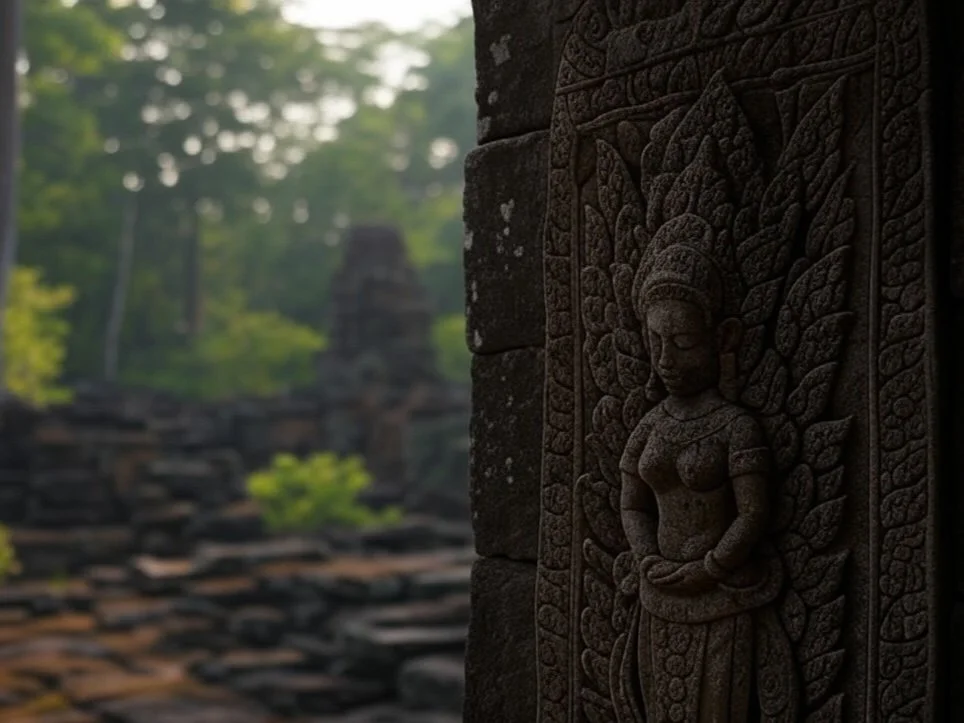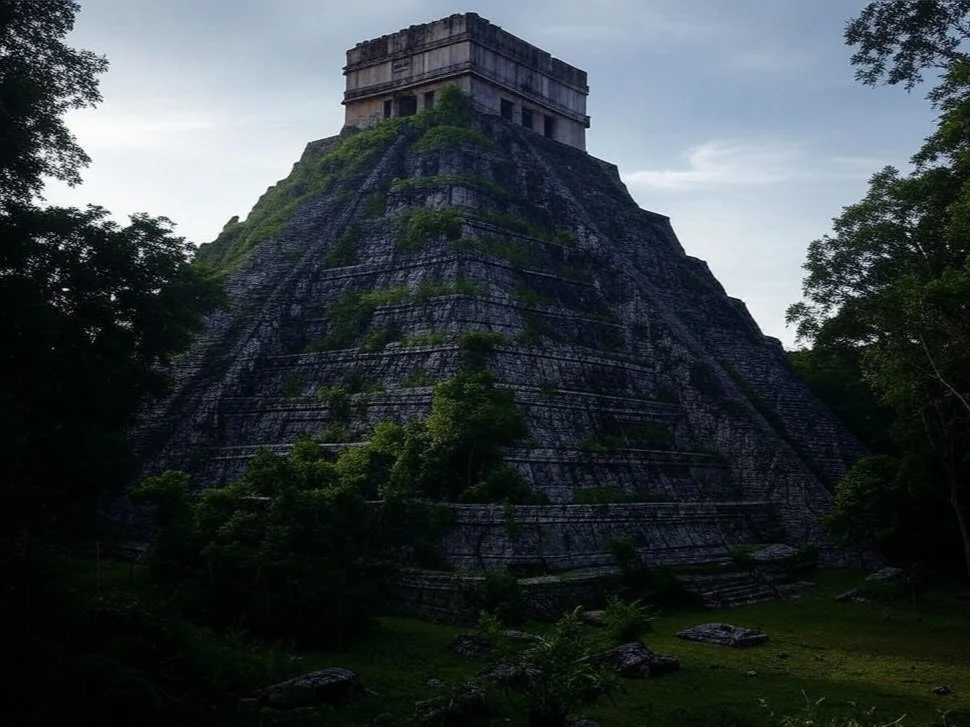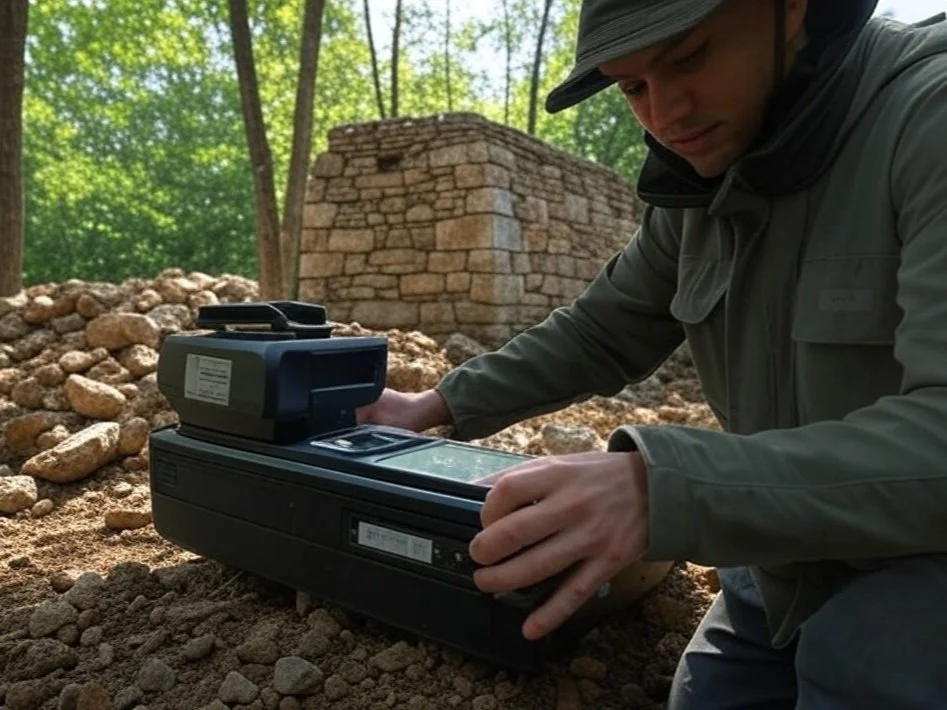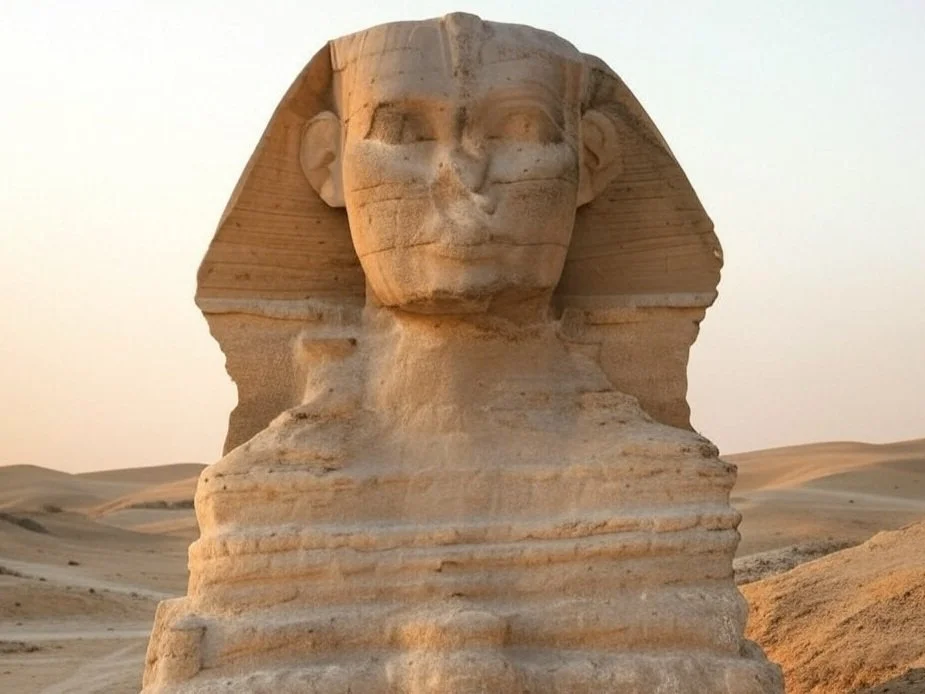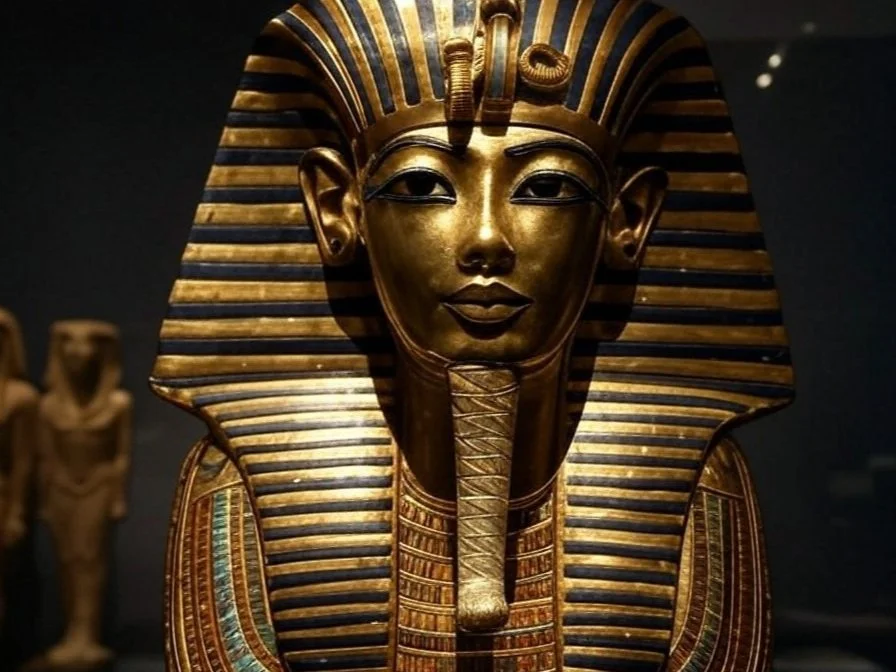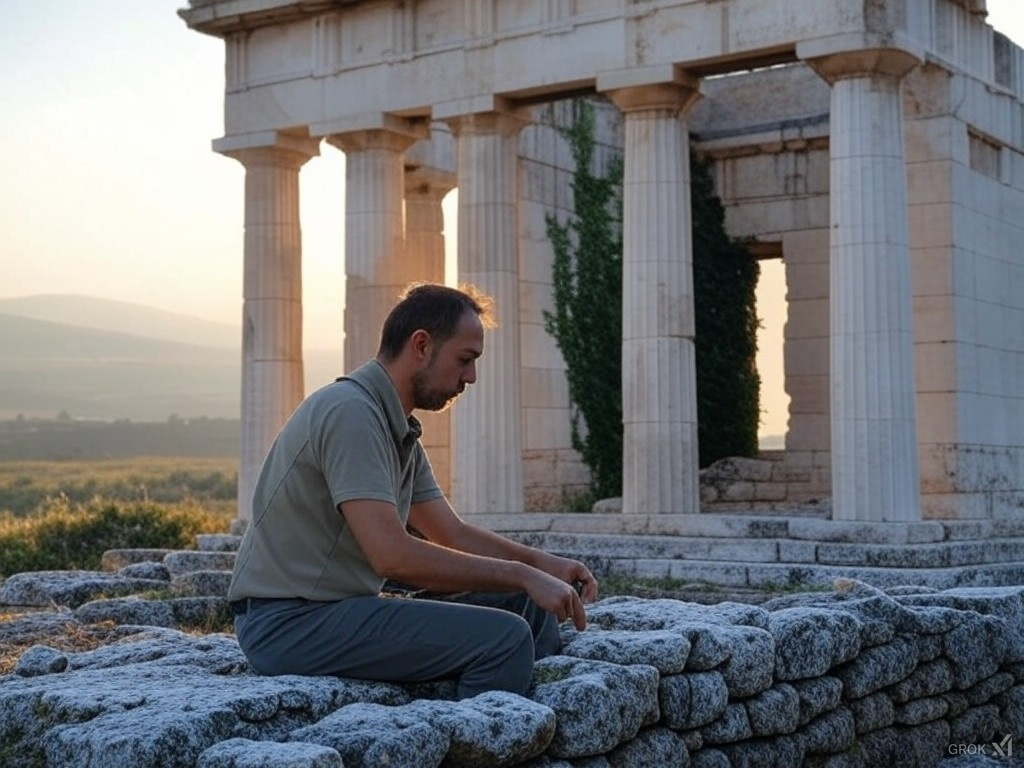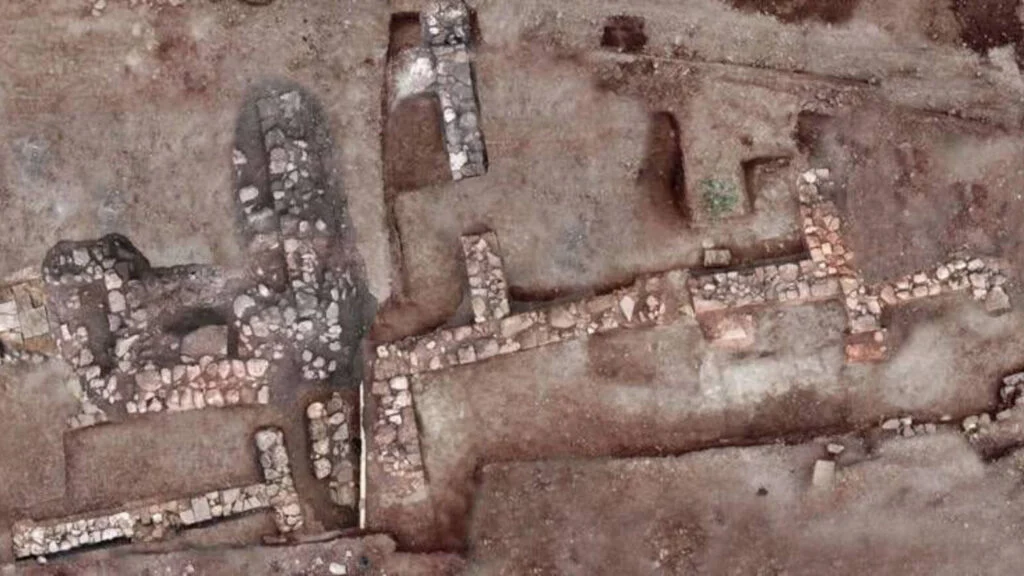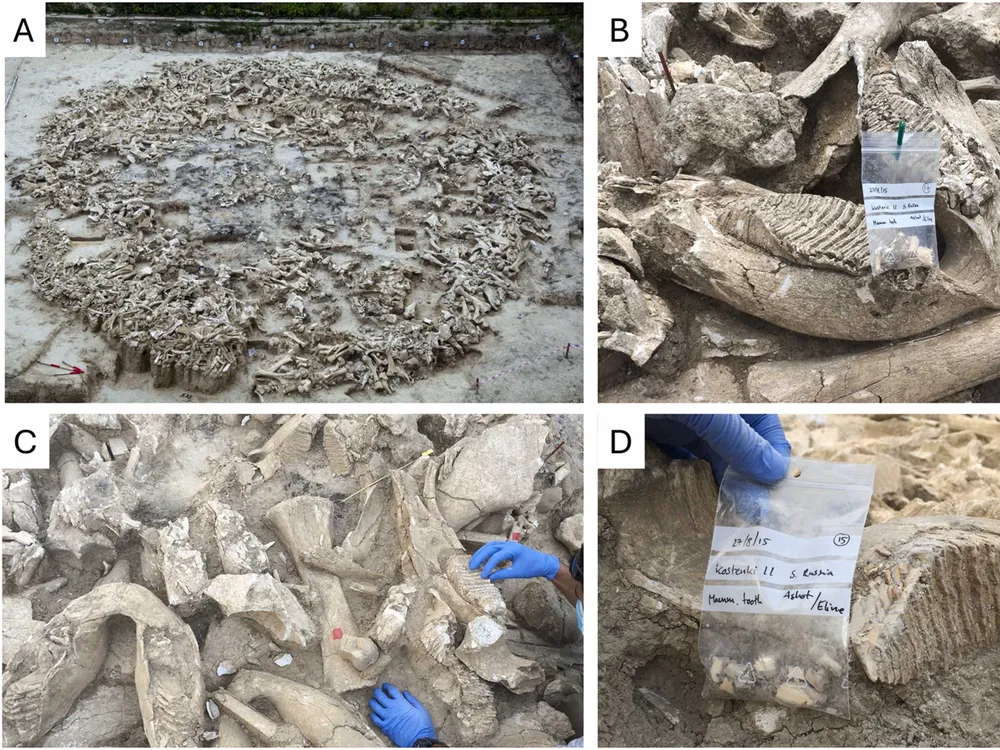The Viking Age, spanning roughly from the late 8th century to the mid-11th century (793–1066 CE), was a transformative period in European history. The Vikings, often depicted as fierce raiders, were also skilled traders, explorers, and settlers whose influence extended from the shores of North America to the rivers of Russia and the markets of the Byzantine Empire. Archaeological discoveries of ships, tools, and settlements have provided invaluable insights into their way of life, revealing a complex society that left an indelible mark on the medieval world.
The Viking Ship: A Symbol of Power and Exploration
The Viking ship is perhaps the most iconic symbol of their age, embodying their prowess in navigation, trade, and warfare. Archaeological finds such as the Oseberg and Gokstad ships, excavated in Norway, showcase the advanced shipbuilding techniques of the Vikings. These vessels, characterized by their sleek design, shallow drafts, and symmetrical bows and sterns, were ideally suited for both open-sea voyages and river navigation.
The Oseberg Ship: Discovered in 1904, this 9th-century ship is a stunning example of Viking craftsmanship. Richly decorated with intricate carvings, it was likely used as a ceremonial vessel before being repurposed as a burial ship for a high-status woman.
The Gokstad Ship: Unearthed in 1880, this 9th-century ship was built for both speed and durability, capable of crossing the North Atlantic. Its discovery, along with the remains of a chieftain and his grave goods, highlights the importance of maritime power in Viking society.
These ships enabled the Vikings to raid, trade, and explore far beyond their Scandinavian homelands. They reached the British Isles, France, and the Mediterranean, established settlements in Iceland and Greenland, and even ventured to North America, as evidenced by the archaeological site of L'Anse aux Meadows in Newfoundland.
Tools and Daily Life
Archaeological finds from Viking settlements provide a glimpse into their daily lives and technological ingenuity. Tools such as iron plows, looms, and blacksmithing equipment reflect their agricultural and craft skills. The Vikings were skilled metalworkers, producing weapons like swords and axes, as well as jewelry and everyday items.
Weapons and Armor: Viking weapons, such as the iconic double-edged sword and the bearded axe, were symbols of status and power. Helmets, shields, and chainmail were used for protection, though the popular image of horned helmets is a modern myth.
Everyday Objects: Items like combs, needles, and cooking utensils reveal the domestic side of Viking life. The discovery of gaming pieces and board games, such as hnefatafl, underscores their appreciation for leisure and strategy.
Settlements and Urban Centers
Viking settlements ranged from small farming communities to bustling trade hubs. The excavation of sites like Hedeby in modern-day Germany and Birka in Sweden has revealed the complexity of Viking urban life.
Hedeby: Located near the border of Denmark and Germany, Hedeby was one of the largest Viking trading centers. Artifacts such as Arabic coins, Byzantine silks, and Frankish glassware attest to its role as a crossroads of trade between Scandinavia, Europe, and the Islamic world.
Birka: This Swedish settlement, situated on an island in Lake Mälaren, was a key trading post and military stronghold. The discovery of graves containing weapons, jewelry, and even exotic goods from the East highlights its prosperity and connections to distant regions.
In addition to urban centers, the Vikings established rural settlements in newly colonized lands. The Faroe Islands, Iceland, and Greenland all bear evidence of Viking farms, churches, and longhouses, showcasing their adaptability and resilience in diverse environments.
Trade and Economic Impact
The Vikings were not just raiders; they were also shrewd traders who established extensive networks across Europe and beyond. Their trade routes connected the Baltic Sea to the Caspian and Black Seas, facilitating the exchange of goods such as furs, amber, slaves, and silver.
The Volga Trade Route: Vikings known as the Rus traveled along the Volga River, trading with the Byzantine Empire and the Abbasid Caliphate. This route brought Islamic silver coins (dirhams) into Scandinavia, as evidenced by hoards found in Sweden and Norway.
The Danelaw: In England, the Viking presence led to the establishment of the Danelaw, a region where Scandinavian laws and customs prevailed. The integration of Viking settlers into Anglo-Saxon society contributed to cultural and economic exchanges, including the adoption of new farming techniques and place names.
Exploration and Legacy
The Vikings' exploratory spirit took them to the edges of the known world. In addition to their voyages to North America, they settled in the North Atlantic, founding communities in Iceland and Greenland. These settlements, though ultimately abandoned, demonstrate their ability to adapt to harsh environments and their willingness to venture into the unknown.
The Viking Age came to an end with the Christianization of Scandinavia and the consolidation of centralized kingdoms. However, their legacy endured in the form of cultural influences, genetic contributions, and the shaping of medieval Europe. The Vikings' impact on trade, exploration, and settlement laid the groundwork for the interconnected world of the Middle Ages and beyond.
Conclusion
The Viking Age was a period of remarkable dynamism and complexity. Through their ships, tools, and settlements, the Vikings demonstrated their ingenuity, adaptability, and ambition. Far from being mere raiders, they were traders, explorers, and settlers whose influence reshaped the medieval world. Archaeological discoveries continue to shed light on their achievements, offering a richer and more nuanced understanding of this fascinating era. The Vikings' legacy is a testament to the enduring power of human curiosity and the drive to explore new horizons.






